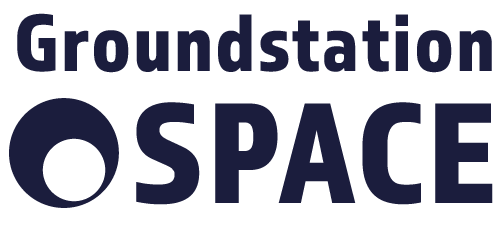Vega launch offers opportunities for Dutch commercial space

More than 50 small satellites were simultaneously launched into space from French Guyana with the Vega Small Spacecraft Mission Service (SSMS) on 2 September 2020. It is the first time that a rocket launch by the European Space Agency ESA is entirely devoted to small satellites. There are several Dutch innovations and hardware on board, which lead to new commercial opportunities in the field of smart small satellite technology.

Cubesat specialist ISIS from Delft is involved in the launch on several fronts. The company provides the full launch for a number of customers, developed hardware for Vega to deliver several satellites into orbit, and also built three of the 41 nano-satellites: Simba, to monitor the Earth’s heat balance, Dido-3, for research on the E-coli bacteria in weightless conditions and a cubesat for the Thai Air Force.
“This is the first European launch entirely dedicated to small satellites,” said ISIS founder and CEO Jeroen Rotteveel. “I hope we will see more such launches in the future, making access to space for small satellites increasingly affordable.”
Jeroen Glazener of the Netherlands Space Office (NSO) thinks this will certainly happen: “The Dutch government has always encouraged the development of small satellites and a smaller launcher such as Vega. We see an increasing demand for small satellites and with it commercial opportunities for the Dutch space industry. This Vega launch shows that there are more and more opportunities for this market.”
Artifical intelligence in space
Two Dutch companies were involved in one of the satellites on board: Lens R&D and Capable. They developed solar sensors and the cabling for ESAIL, a satellite that follows ships at sea via the AIS signal. Should a ship run into problems, the signal will ensure that this will not go unnoticed.
Dutch composite specialist Cosine is also looking forward to the launch of Vega. With support from NSO Cosine developed Hyperscout-2, a smart instrument that recognizes forest fires, floods and droughts from space. The instrument, part of the ESA Phi-Sat satellite uses artificial intelligence. It is the first time a small satellite is equipped with on-board AI. Using this AI the instrument recognizes clouds, so that only usable cloud-free images are sent to Earth.

Marco Esposito from Cosine: “I expect a lot from the commercial potential of Hyperscout. It combines thermal imaging and artificial intelligence in a very compact instrument optimized for nanosatellites. This makes it unique in its kind and also relatively affordable. “
The commercial potential of the HyperScout-2 product is very high as it combines for the first time a hyperspectral camera, thermal imaging and artificial intelligence in a very compact instrument optimized for nano-satellites. It is suitable for both scientific and operational space missions, where the cost of a constellation is relatively affordable.

Dutch rocket parts
The Dutch space industry did not only contribute to the satellites of SSMS. The Vega rocket itself also has Dutch contributions. Airbus Defense and Space Netherlands from Leiden built the interstage that connects the first and second rocket stages of the 30-meter tall rocket. Aerospace Propulsion Products (APP) built the igniters for all three solid fuel engines of Vega.
Note: This article was originally published on the NSO website on 1 September 2020. See the original post in Dutch here












